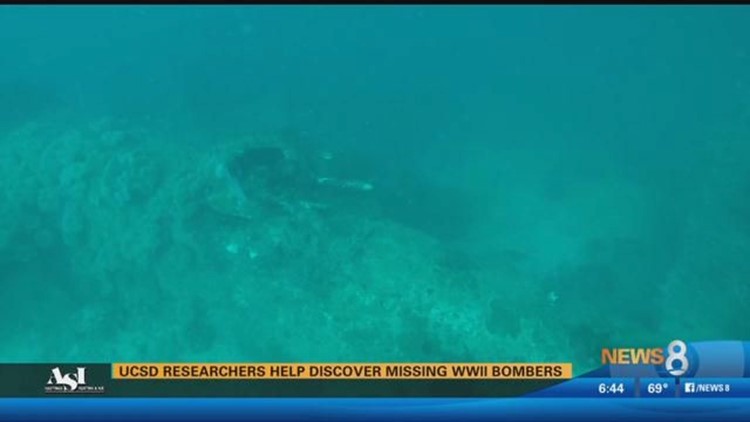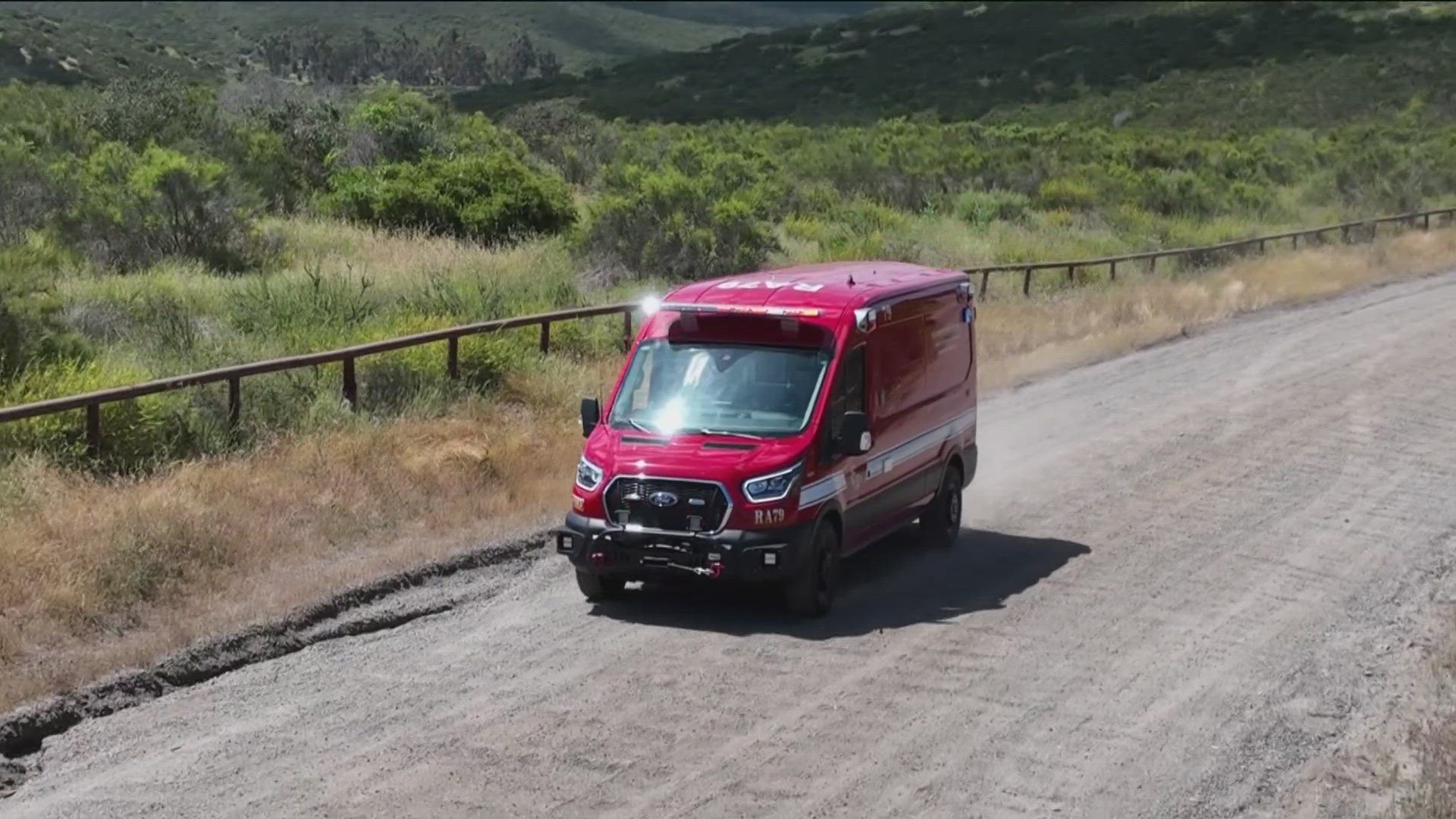LA JOLLA (CNS) - An expedition led in part by the Scripps Institution of Oceanography at UC San Diego located a missing World War II bomber off the coast of Papua New Guinea and surveyed another at the bottom of a harbor, it was announced Tuesday.
Project Recover --led by Scripps coastal observer Eric Terrill, Mark Moline of the University of Delaware and Pat Scannon of the BentProp Project - set out in February to map the sea floor in search of missing aircraft, conduct an archaeological survey of a known underwater wreck and interview elders in villages in the immediate area.
The known B-25 twin-engine bomber wreck was in Madang Harbor. The B-25 type of aircraft was made famous by the "Doolittle Raid" against the Japanese homeland in April 1942.
"While well-known to locals and scuba enthusiasts for over 30 years, this particular B-25 had never been officially surveyed," said Andrew Pietruszka, a Scripps Oceanography scientist and Project Recover's underwater archaeologist.
Of the six crew members associated with the aircraft, five survived the crash but were taken prisoner by the Japanese. The remaining crew member went down with the plane and is still listed as missing, according to Project Recover.
"Our team of divers and scientists conducts site surveys to fully document the wreckage," Pietruszka said. "That documentation can then be used by the U.S. government to correlate soldiers still missing in action with the aircraft site we discovered, and to evaluate that site for the possible recovery of remains."
In its search of nearly 10 square kilometers, Project Recover located the debris field of another B-25 bomber that had been missing for more than 70 years, associated with a crew of six listed as Missing in Action.
"People have this mental image of an airplane resting intact on the sea floor, but the reality is that most planes were often already damaged before crashing, or broke up upon impact," said Katy O'Connell of Project Recover.
"And, after soaking in the sea for decades, they are often unrecognizable to the untrained eye, often covered in corals and other sea- life," said O'Connell, also with the University of Delaware. "Our use of advanced technologies, which led to the discovery of the B-25, enables us to accelerate and enhance the discovery and eventual recovery of our missing servicemen."
She said 73,000 U.S. service members from World War II remain unaccounted for, and any find in a debris field is treated with respect.
While not as well known as other battle sites in the Pacific Ocean, Papua New Guinea was the site of savage fighting by U.S., Australian and New Zealand forces against the Japanese over nearly four years. Total allied casualties were around 42,000.



